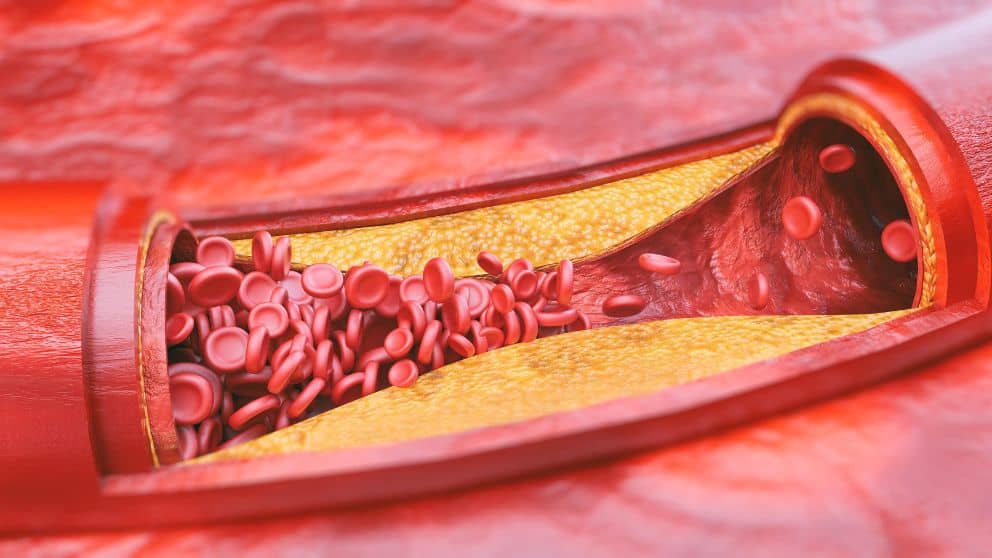Introduction: Arteries are blood vessels responsible for carrying oxygen-rich blood from the heart to other parts of the body. Each artery consists of a tube with three layers: the intima, the middle, and the adventitia.
The largest artery is the aorta. It is a main pipe that runs from the heart’s left ventricle and branches into a vast network of smaller arteries that pump blood to the rest of the body.
Common Problems:
Many health problems affect the health and function of the arteries, including:
- Arteriosclerosis
- stenosis of the arteries
- Vasculitis
- Peripheral arterial disease
- arterial thrombosis
- Temporary Arteritis
- coronary artery disease
- carotid artery disease
- Gangrene
Problems with the arteries can also cause leg cramps or the formation of leg ulcers.
Table of Contents
ToggleHow are Problems With the Arteries Diagnosed?
To diagnose problems with your arteries, the team of Imaging and Intervention Specialists performs a physical exam, reviews your medical history, and asks about your symptoms and lifestyle.
After collecting this information, they order additional diagnostics. Depending on your symptoms and health history, this could include ultrasound imaging, blood tests, or angiography. During the angiogram, your provider injects dye into your blood vessels. The dye makes your blood more visible, allowing your provider to track your movement using X-rays or a CT scan.
How are Problems With the Arteries Treated?
Whenever possible, the Imaging & Interventional Specialists team treat artery-related health problems with non-surgical procedures. These procedures allow for a quick recovery, fewer risks, and fewer complications.
After an exam, your provider may recommend:
Atherectomy
Atherectomy is a non-surgical surgery used to remove plaque buildup within blood vessels. The removal of plaque makes your arteries wider, allowing for better blood flow. During an atherectomy, your provider inserts a thin, flexible tube into one or more vessels. The tube has small rotating blades or a laser at the end that cuts or vaporizes the plaque.
Angioplasty
Angioplasty is a non-surgical procedure that involves the use of a small, inflatable balloon. During angioplasty, your provider inserts a catheter into a vein. The catheter has a medical grade balloon at the end. Once in place, your provider carefully inflates the balloon, moving the plaque away. This process restores blood flow to a blocked or narrowed artery.
Stent
A stent is a tube made of mesh wire. Your provider surgically places the stent in a narrowed or blocked artery, which improves blood flow. The stent stays in your body permanently and significantly reduces your risk of serious heart-related health problems.
To learn more about treating problems with your arteries, call the office of Imaging & Interventional Specialists to make an appointment or book a consultation online today.
Some of the conditions related to arteries that we treat are:

